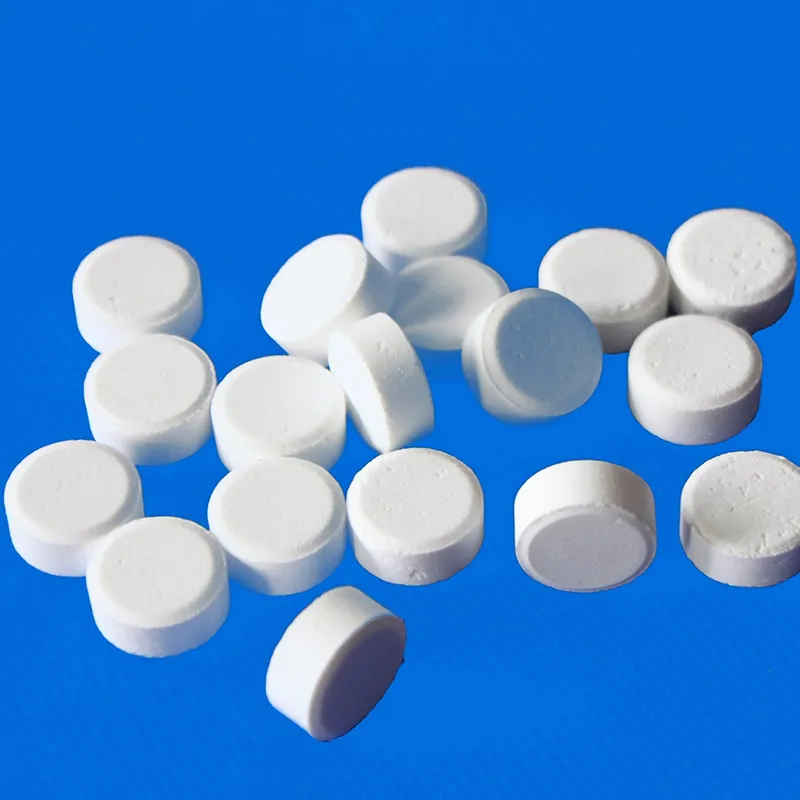
isopropyl alcohol in ultrasonic cleaner
The Use of Isopropyl Alcohol in Ultrasonic Cleaners
Ultrasonic cleaning has become a widely accepted method for cleaning delicate items, ranging from jewelry and eyeglasses to intricate medical instruments. This process utilizes high-frequency sound waves to create cavitation bubbles in a cleaning solution, which effectively removes dirt, grime, and contaminants from surfaces. One of the most popular solvents used in ultrasonic cleaners is isopropyl alcohol (IPA). In this article, we will explore the benefits, applications, and best practices for using isopropyl alcohol in ultrasonic cleaning.
What is Isopropyl Alcohol?
Isopropyl alcohol, commonly referred to as IPA, is a colorless, flammable liquid with a distinct odor. This versatile solvent is widely used for its excellent cleaning properties and ability to dissolve a wide range of organic compounds. Isopropyl alcohol is particularly effective at removing oils, greases, and other contaminants, making it an ideal candidate for ultrasonic cleaning solutions. Furthermore, it evaporates relatively quickly, reducing the risk of moisture damage on sensitive components.
Benefits of Using IPA in Ultrasonic Cleaners
1. Effective Cleaning Power IPA is well-known for its ability to dissolve a variety of substances, making it ideal for cleaning items that have accumulated oils, dust, and dirt. When paired with ultrasonic cleaning, IPA enhances the effectiveness of the process, ensuring that even the tiniest particles are removed.
2. Rapid Evaporation One of the key advantages of isopropyl alcohol is its low boiling point and high volatility. After cleaning, any residue from the IPA evaporates quickly, leaving no streaks or unwanted moisture behind. This is particularly important for electronic components and precision instruments that are sensitive to water.
3. Compatibility with Various Materials Isopropyl alcohol is compatible with many materials including metals, plastics, and glass. This makes it suitable for cleaning a broad range of items without the risk of corrosion or damage.
4. Low Toxicity Compared to other solvents, IPA is generally considered to be less toxic, especially when used in well-ventilated areas. However, it’s essential to wear appropriate personal protective equipment and handle the solvent according to safety guidelines.
Applications of IPA in Ultrasonic Cleaning
isopropyl alcohol in ultrasonic cleaner

Isopropyl alcohol is used across numerous industries for ultrasonic cleaning applications, including
- Electronics IPA is frequently used to clean circuit boards and components, effectively removing oils and residues left from manufacturing processes. - Jewelry In the jewelry industry, IPA is utilized to restore the sparkle to gold, silver, and other materials by removing dirt and oils. - Optics Eyeglasses, camera lenses, and optical instruments benefit from ultrasonic cleaning with IPA, as it effectively eliminates smudges without scratching delicate surfaces. - Medical Instruments In healthcare settings, isopropyl alcohol is essential for cleaning surgical instruments and equipment, helping to maintain the highest standards of hygiene.
Best Practices for Using IPA in Ultrasonic Cleaners
To maximize the effectiveness of using isopropyl alcohol in ultrasonic cleaning, follow these best practices
1. Dilution Depending on the level of contamination, IPA can be used in various concentrations. A 70% solution of isopropyl alcohol is commonly recommended for effective cleaning.
2. Temperature Control The cleaning solution's temperature plays a crucial role in cavitation. It’s beneficial to pre-heat the IPA to around 50-60 degrees Celsius, which can enhance cleaning performance.
3. Correct Ultrasonic Frequency Using the right ultrasonic frequency (typically between 28 kHz to 40 kHz) is essential to ensure optimal cleaning without damaging delicate items.
4. Regular Maintenance Regularly change the cleaning solution and keep the ultrasonic cleaner clean to maintain its effectiveness.
5. Safety First Due to the flammability of IPA, it’s vital to ensure that working areas are well-ventilated and free from ignition sources.
In conclusion, isopropyl alcohol is a powerful and versatile solvent that enhances the ultrasonic cleaning process. By understanding its benefits, applications, and best practices, users can achieve optimal cleaning results while maintaining the integrity of their delicate items. Whether in industrial settings or home workshops, using IPA in ultrasonic cleaners can ensure that items are not only clean but also preserved for longevity.
-
Pure Sodium Dichloroisocyanurate Dihydrate | Powerful DisinfectantNewsAug.29,2025
-
Industrial Chemicals: Quality & Purity for Every IndustryNewsAug.28,2025
-
Nitrile Rubber Honoring Strict Production StandardsNewsAug.22,2025
-
Aspartame Ingredients Honoring Food Safety ValuesNewsAug.22,2025
-
Fertilizer for Balanced Plant NutritionNewsAug.22,2025
-
Cyanide Gold Processing with High Purity AdditivesNewsAug.22,2025
-
Formic Acid in Textile Dyeing ApplicationsNewsAug.22,2025
Hebei Tenger Chemical Technology Co., Ltd. focuses on the chemical industry and is committed to the export service of chemical raw materials.
-

view more DiethanolisopropanolamineIn the ever-growing field of chemical solutions, diethanolisopropanolamine (DEIPA) stands out as a versatile and important compound. Due to its unique chemical structure and properties, DEIPA is of interest to various industries including construction, personal care, and agriculture. -

view more TriisopropanolamineTriisopropanolamine (TIPA) alkanol amine substance, is a kind of alcohol amine compound with amino and alcohol hydroxyl, and because of its molecules contains both amino and hydroxyl. -

view more Tetramethyl Thiuram DisulfideTetramethyl thiuram disulfide, also known as TMTD, is a white to light-yellow powder with a distinct sulfur-like odor. It is soluble in organic solvents such as benzene, acetone, and ethyl acetate, making it highly versatile for use in different formulations. TMTD is known for its excellent vulcanization acceleration properties, which makes it a key ingredient in the production of rubber products. Additionally, it acts as an effective fungicide and bactericide, making it valuable in agricultural applications. Its high purity and stability ensure consistent performance, making it a preferred choice for manufacturers across various industries.





